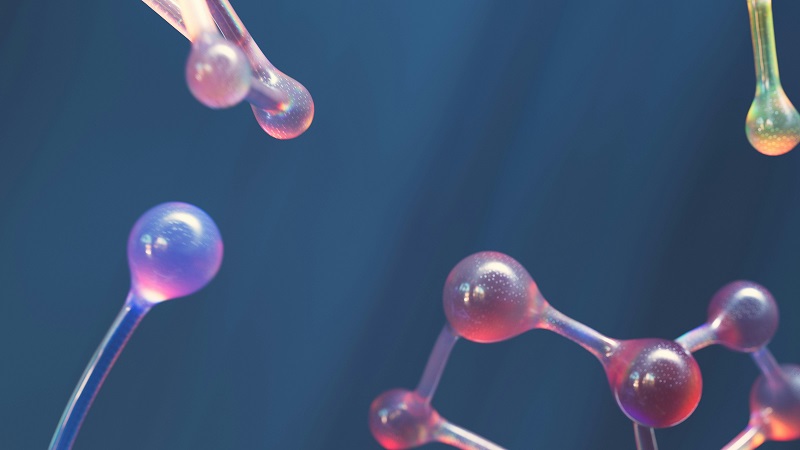When it comes to the fascinating world of proteins, some names like collagen or hemoglobin might ring a bell. But what about tenascin-C, more commonly known as TNC protein? This often-overlooked molecule plays a vital, if subtle, role in how our cells talk to each other. Let’s delve into the remarkable story of TNC protein and why it deserves more of the spotlight.
What is TNC Protein?
Before we jump into its importance, let’s cover the basics. TNC protein is a type of glycoprotein, a protein with carbohydrate molecules attached. It’s part of the tenascin family, which is found only in vertebrates. While it was first discovered in gliomas (a type of brain tumor), TNC protein is present in a variety of tissues, especially during embryonic development and tissue remodeling after injury. Its unique structure, featuring multiple domains, allows it to interact with a wide array of other proteins and molecules.
The Role of TNC Protein in Cellular Communication
So, what makes TNC protein special? Its claim to fame is being one of the first proteins shown to promote cell proliferation, differentiation, and migration, while also inhibiting these processes. This seeming contradiction is due to its context-dependent nature. Think of TNC protein as a cellular referee, directing the game based on the situation.
In embryonic development, TNC protein helps guide cells to their correct positions, much like a director coordinating actors on stage. It forms a crucial part of the extracellular matrix, the molecular scaffold surrounding cells, shaping the very architecture of tissues. After a tissue is injured, it signals cells to proliferate and migrate for repair, akin to a general rallying troops. But when the time is right, it can hit the brakes on this growth, ensuring everything stays balanced and healthy.
TNC Protein’s Role in Disease
Like many proteins, when TNC protein goes awry, disease can result. It’s been implicated in various cancers, where it can contribute to uncontrolled growth and metastasis. In the tumor microenvironment, TNC protein can even manipulate the immune system, shielding cancer cells from attack. In the nervous system, abnormal TNC protein levels have been linked to neurodegenerative diseases like Alzheimer’s and Parkinson’s. Research suggests it may influence the deposition of harmful protein aggregates that are a hallmark of these disorders.
On the other hand, researchers are exploring how to harness TNC protein’s powers for good. In regenerative medicine, it might be used to enhance tissue repair. For example, bioengineers are investigating how to incorporate TNC protein into biomaterials to promote healing. Its ability to influence the immune system also makes it a potential player in autoimmune disease treatment. By modulating inflammation, it could help restore balance in conditions like multiple sclerosis or rheumatoid arthritis.
Uncovering the Secrets of TNC Protein
Despite its importance, much about TNC protein remains a mystery. Scientists are still unraveling how it interacts with different cell types and signals to produce its varied effects. The specific molecular mechanisms behind its context-dependent behavior are a particular area of active research. With further research, we may uncover even more ways this protein influences our health and disease.
As we continue to study TNC protein, it’s clear this molecular unsung hero warrants more attention. By understanding how it conducts the cellular orchestra, we may uncover new ways to promote health and combat disease. The more we learn about TNC protein, the more we realize how vital it is to the complex symphony of life.
Source from Creative BioMart
Creative BioMart started from a small supplier with the development and production of recombinant protein products. After years of development and growth, we currently have over 100,000 protein products. In addition, we have also expanded a series of related products such as native proteins, cell/tissue lysates, chromatography, lectins, and detection kits.



